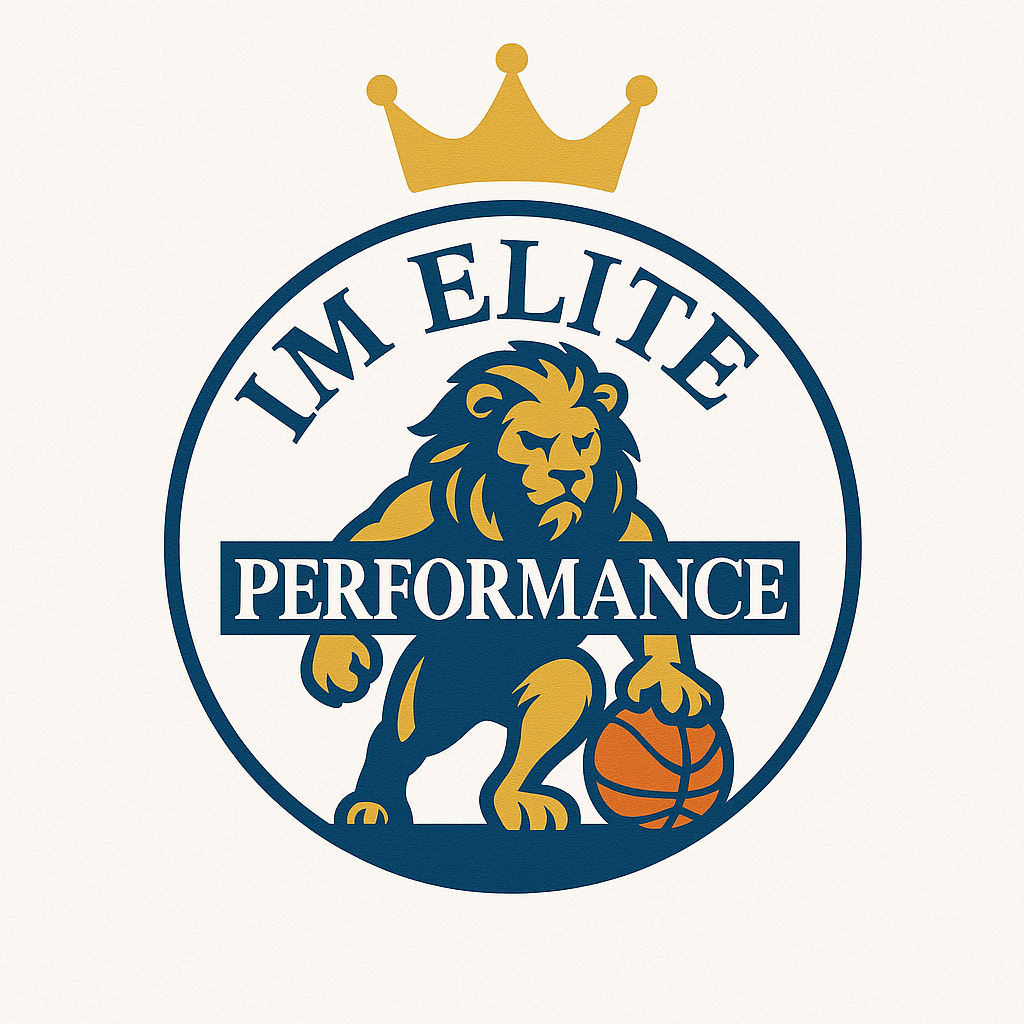Boost Your Game with Speed and Agility Training
- Isaac Miller
- Sep 26
- 3 min read
When it comes to elevating your athletic performance, speed and agility are two of the most critical components. Whether you're sprinting down the field, dodging opponents, or making quick directional changes, your ability to move fast and stay agile can make all the difference. I’ve found that focusing on agility improvement exercises can transform your game, helping you react faster and move more efficiently.
In this post, I’ll walk you through practical tips and effective exercises that will help you boost your speed and agility. These strategies are designed to be straightforward and actionable, so you can start improving right away.
Why Agility Improvement Exercises Matter
Agility is more than just quick feet. It’s about control, balance, and the ability to change direction smoothly and rapidly. When you improve your agility, you reduce the risk of injury and increase your overall athleticism.
Here’s why agility improvement exercises are essential:
Enhance reaction time: Quick responses to unexpected situations.
Improve coordination: Better control over your body movements.
Increase speed: Faster acceleration and deceleration.
Boost endurance: Efficient movement conserves energy.
Prevent injuries: Stronger muscles and joints handle stress better.
For example, a soccer player who can swiftly change direction without losing balance will outmaneuver opponents more effectively. Similarly, a basketball player with sharp agility can defend and attack with greater precision.

Top Agility Improvement Exercises to Try
Let’s dive into some of the best exercises that target agility. These drills focus on footwork, balance, and quick directional changes.
1. Ladder Drills
Using an agility ladder, perform quick steps in and out of each square. This drill improves foot speed and coordination.
Start with one foot in each square.
Progress to two feet in each square.
Try lateral movements and crossover steps.
2. Cone Drills
Set up cones in various patterns and sprint, shuffle, or backpedal between them. This helps with sharp turns and acceleration.
The “T-Drill” is a classic example.
Zig-zag through cones to practice quick cuts.
3. Plyometric Exercises
Jumping and bounding exercises build explosive power, which is crucial for quick starts and stops.
Box jumps
Lateral bounds
Single-leg hops
4. Shuttle Runs
Short sprints back and forth between two points improve speed and endurance.
Focus on quick turns at each end.
Keep your body low and balanced.
5. Balance and Stability Work
Use balance boards or single-leg stands to strengthen stabilizing muscles.
Helps maintain control during rapid movements.
Reduces injury risk.
Incorporating these exercises into your routine will help you develop the agility and speed needed to excel in your sport.

How Many Times a Week Should You Do Speed and Agility Training?
Consistency is key when it comes to improving agility. But how often should you train?
For most athletes, 2 to 3 sessions per week focused on agility improvement exercises are ideal. This frequency allows your body to adapt and recover properly.
Here’s a sample weekly plan:
Day 1: Ladder drills + plyometrics
Day 2: Rest or light cardio
Day 3: Cone drills + shuttle runs
Day 4: Rest or strength training
Day 5: Balance work + mixed agility drills
Days 6 & 7: Rest or active recovery
Remember, quality matters more than quantity. Focus on proper form and controlled movements to get the most benefit.
If you want to take your training to the next level, consider personalized coaching. I recommend checking out speed and agility training sessions tailored to your specific needs. This approach ensures you’re working on the right skills and progressing safely.

Tips for Maximizing Your Agility Training
To get the best results from your agility improvement exercises, keep these tips in mind:
Warm up properly: Dynamic stretches and light jogging prepare your muscles.
Focus on technique: Speed without control can lead to injury.
Use proper footwear: Supportive shoes reduce impact and improve traction.
Stay consistent: Regular practice leads to steady improvement.
Track your progress: Record times and reps to see your gains.
Incorporate strength training: Strong muscles support quick, powerful movements.
Rest and recover: Give your body time to heal and grow stronger.
By following these guidelines, you’ll build a solid foundation for faster, more agile movement.
Unlock Your Full Potential with Targeted Training
Improving your speed and agility is a journey, not a quick fix. With dedication and the right exercises, you can unlock new levels of performance. Remember, agility improvement exercises are not just about moving faster - they’re about moving smarter.
If you’re serious about reaching your peak, personalized coaching can make a huge difference. Tailored programs help you focus on your unique strengths and weaknesses, accelerating your progress.
I encourage you to explore professional options like speed and agility training to get expert guidance and support.
Start today, stay consistent, and watch your game transform. Your body and your performance will thank you.
Ready to boost your game? Let’s get moving!




Comments